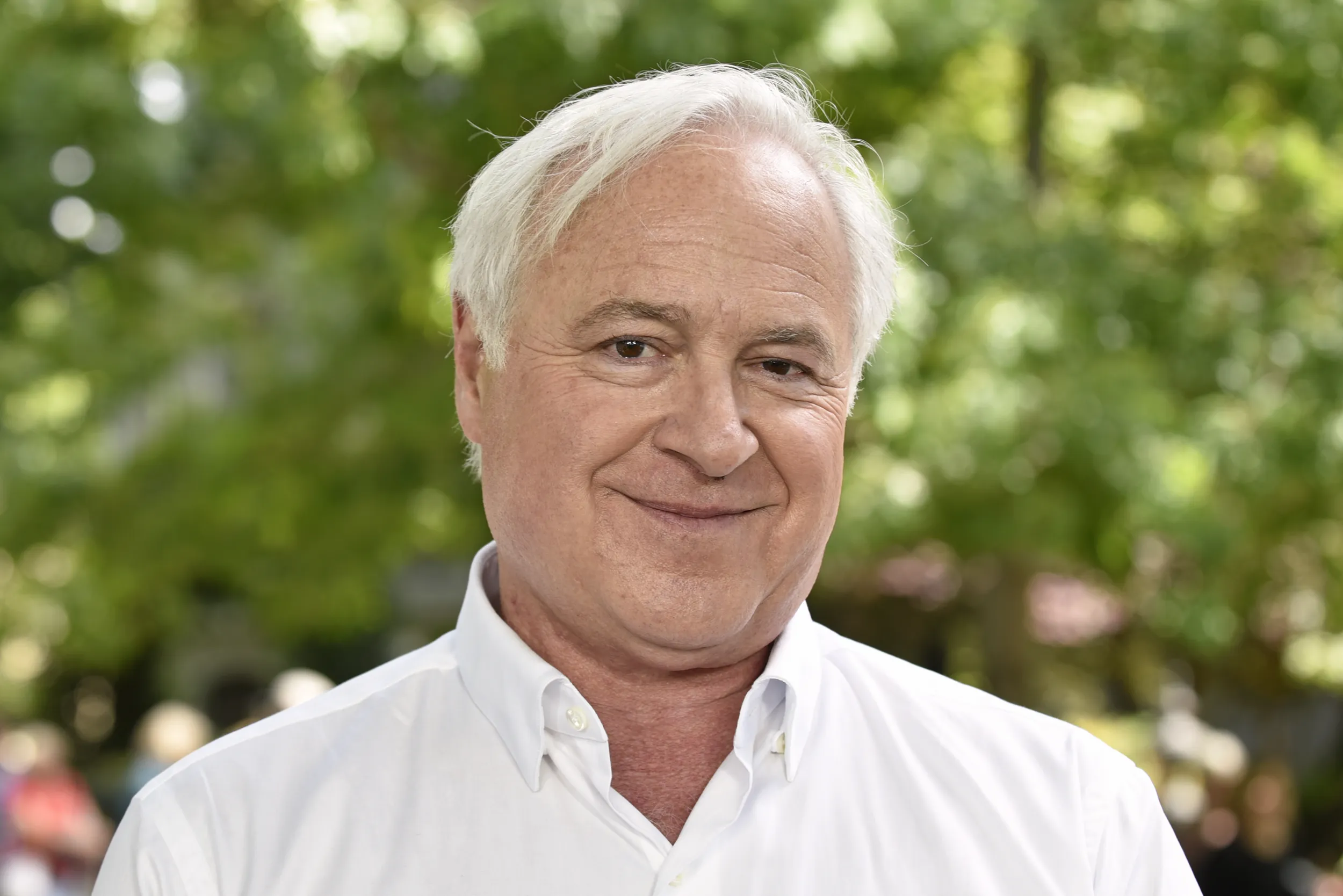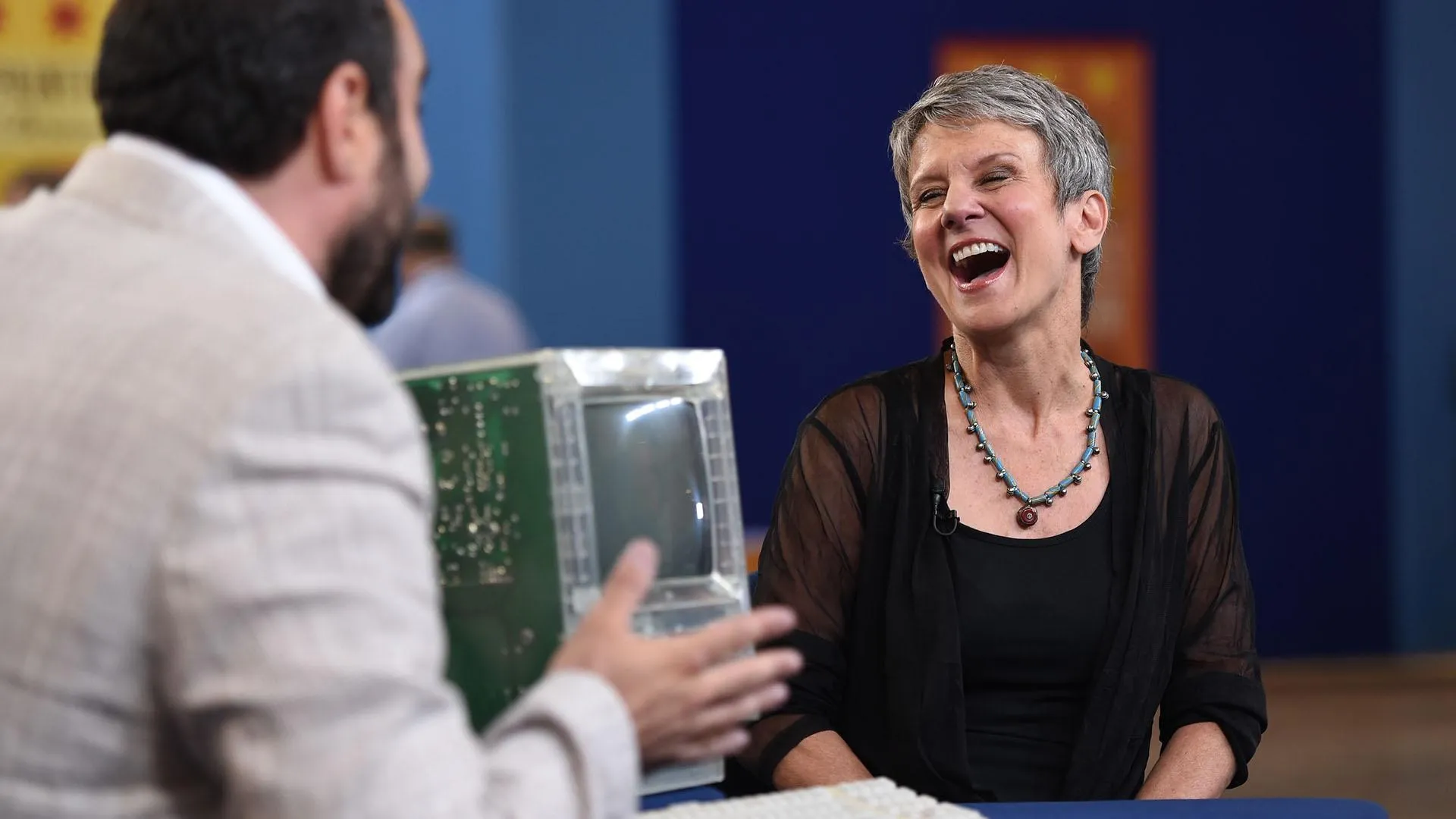GUEST: I got it about five years ago, and I paid about $95 for it, I think.
APPRAISER: And how did you acquire this?
GUEST: I bought it online.
APPRAISER: And what do you know about it?
GUEST: Nothing-- I could never make out the signature on the back. So I really don't know what it is.
APPRAISER: You must have liked it a lot to pay $95 for a plate you didn't know anything about.
GUEST: Yeah, I like the ravens on it.
APPRAISER: The decoration is certainly unusual, especially for this particular artist. You can see on the back it's a script signature. Anton Lang is the name of the artist. And it is a decorative piece. Anton Lang was a pretty interesting character, which is why I wanted to do this today.
GUEST: Oh, okay.
APPRAISER: Lang toured the world as a ceramic artist. He even came to America for a while, and worked... worked... he played at the Rookwood Pottery in Cincinnati, Ohio. We've seen pieces of Rookwood done by Anton Lang. But what he's really famous for, aside from being a rather well known and lifelong potter, is he lived in Oberammergau, which is in Bavaria. They're famous for their passion play. And Anton Lang played Christ in the passion play. And he was a real pacifist. When he heard about things going on in America in the '20s when he was touring here, about the Ku Klux Klan, and he just didn't get why all these factions were fighting each other. He said, "In Germany, where I'm from, "we have Protestants, we have Christians, we have Catholics, all living side by side." He got in trouble as a pacifist with the Germans, because in the '30s, they wanted him to insert anti-Semitic remarks in the passion play, and he refused.
GUEST: Oh, okay.
APPRAISER: And the Germans went after him, and he went to the hospital and died in 1938. He was born in 1875. He died in '38 of an unknown stomach disease.
GUEST: All right.
APPRAISER: And at his funeral, none of the socialist party showed up to bereave him, even though he was quite famous. So it's a good personal story. On top of that, for the most part, his pottery is fairly plain. He hand-threw pieces on a wheel.
GUEST: Okay.
APPRAISER: And the decoration, if there's any on them at all, is fairly simple. This is the most complicated piece of Lang that I've seen, and I've seen 500 over the years. It's a charger, it's pierced for hanging, it's got a raven design, as you said, in enamel around the border, and really quite beautiful. Stylistically, in terms of when this was made, because of the way the ravens are stylized, that geometric quality to them is typical of German design in the teens and '20s.
GUEST: Okay.
APPRAISER: I've seen Lang's work sell for several hundred dollars from time to time. I think at auction it would probably bring somewhere around $1,000.
GUEST: Oh, wow.
APPRAISER: Yeah, I had no idea it was worth that much.











